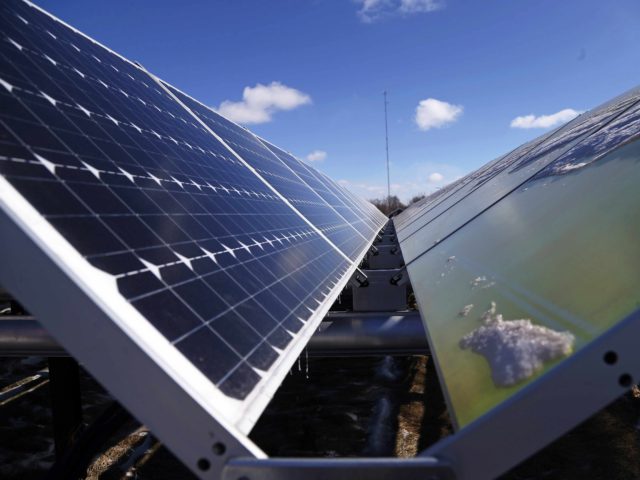According to a report released by the Center for Energy Policy and the Environment at the Manhattan Institute, the energy policies of the state have imposed a greater burden on poorer customers in the inland and Central Valley regions of the state.
The report notes that the state’s renewable-energy mandates and carbon cap-and-trade program have forced electricity prices to rise, as they have implemented a “regressive energy tax, imposing proportionally higher costs in certain counties, such as California’s inland and Central Valley regions, where summer electricity consumption is highest but household incomes are lowest.”
The study found that in 2012, almost one million California households faced “energy poverty,” where energy expenditures cost over 10% of household income. Some counties showed an energy poverty rate in as many as 15% of all households.
According to the report, some public programs impacted the supply and cost of electricity:
[This includes] subsidies to encourage development of solar photovoltaic (PV) power at residential and commercial locations; “feed-in” tariffs to encourage small (less than 3 megawatts [MW] capacity) PV and bioenergy resources; a carbon cap-and-trade program to reduce GHG emissions and, most significantly, a renewable portfolio standard (RPS) mandate.
Ca.gov has stated that in 2011, California produced 70% of the electricity it used, with the remainder coming from the Pacific Northwest (10%) and the U.S. Southwest (20%). The Energy Information Administration reported in July 2014 that in 2012, California’s per capita energy consumption was 49th in the nation, and average site electricity consumption in residences was among the lowest in the nation.

COMMENTS
Please let us know if you're having issues with commenting.